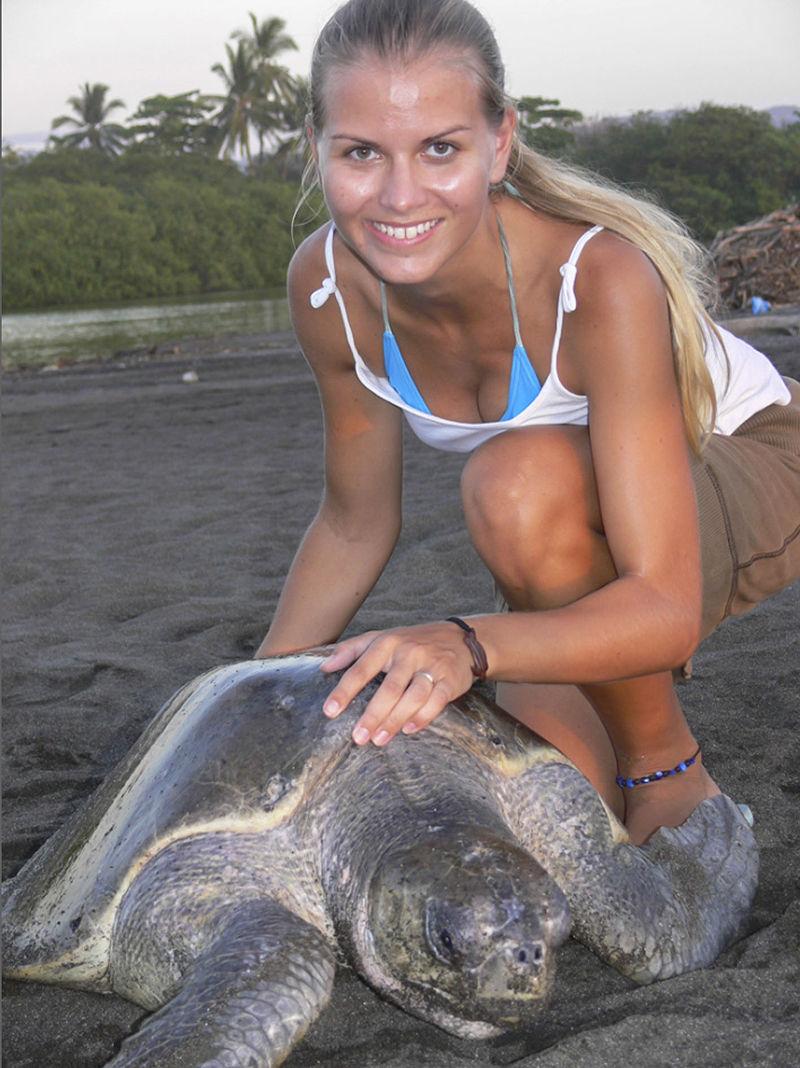Twenty-three Texas A&M graduate students were each awarded $500-$2,000 in grants to help them fund various research ventures from the Texas Sea Grant’s Grants-in-Aid of Graduate Research program.
The Texas Sea Grant’s Grants-in-Aid, headquartered at A&M’s College Station campus, provides small grants to graduate students enrolled at one of the Texas A&M locations. Recipients of the grant take on personal research programs from a variety of fields.
Cindy Powell, Communications Director of the Texas Sea Grant program, said applicants for the grant submitted a proposal, two letters of reference and a resume in order to be considered.
“We started that in 2013, so it is something that is fairly recent,” said Cindy Powell, Communications Director of the Texas Sea Grant program. “[The grant] is based more on quality of research and making sure that it is connected to our mission.”
Christine Figgener, doctoral student in marine biology, said she will use the research grant to conduct a project that investigates the degree of inbreeding among sea turtles in natural populations.
“I will capture sea turtles off the Pacific coast of Costa Rica,” Figgener said. “It is primarily a genetic study, but combined with behavioral data and morphological data.”
Figgener said she is doing preliminary research in Costa Rica to prepare for her project.
“I am working on a preliminary study which is meant to test my ideas and certain techniques to develop my dissertation topic further,” Figgener said, “For my dissertation I will look into mate-choice and sexual selection in sea turtles. Meaning, I want to know on what sea turtles base their choice when looking for a partner.”
Other students, like Beth Silvy, Master’s degree student in wildlife and fisheries, will stay closer to home to conduct research.
“I will be collecting oyster samples from predetermined sites in Galveston Bay during 2015,” Silvy said. “Tissue samples from oysters will be cultured to determine Perkinisus marinus concentration within the oysters.”
Silvy said she will then upload her findings to a website, oystersentinel.org, which serves as a means to monitor the environmental health of estuaries on the coast of the Gulf of Mexico using the turtles.
“The site serves to give biologists and oystermen a clear and concise projection of the spread of Perkinisus marinus in the Gulf of Mexico,” Silvy said.
A full list of the recipients of the Texas Sea Grant can be found at texasseagrant.org/funding/grants-in-aid-of-graduate-research-program-request-for-proposals.










